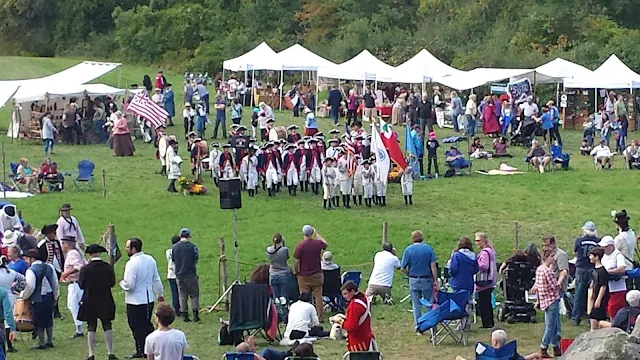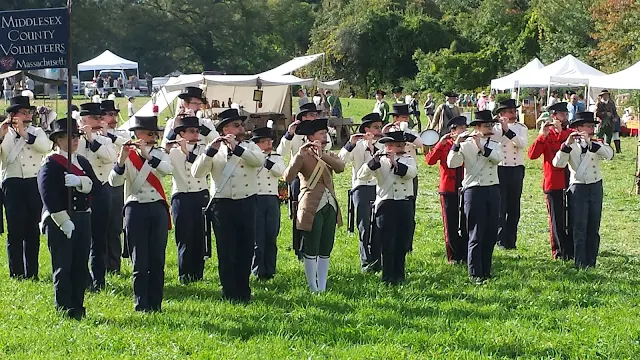 |
| Flank companies as battalion. |
Because of the small numbers of regulars available to British commanders in Canada companies from regiments could be deployed at different locations. At Queenston Heights the Grenadier and Light Infantry companies of the 41st Regiment fought while the rest of the battalion served elsewhete. Battlefield commanders could deploy the regiments light company as separate battalions as happened at Chippewa. Building the Crown Forces for my Niagara 1814 project called for adding Grenadier and Light Infantry companies for each battalion.
 |
| Grenadier in line, Lights in skirmish order. |
For my first three companies I went with the regiments that wore the belgic shako in my collection. These are the 1st, 41st and 100th Regiments. Figures are from my favorite manufacturer Knuckleduster miniatures. I placed the Light Infantry on split stands so they can form into skirmish order or fight in line. They are distinguished by the shoulder wings on their coats and the green shako plume and cords. Grenadier figures are distinguished by the shoulder wings on their coats and white shako plume. They are mounted on regular infantry stands like regular line infantry.
 |
| Flank companies 41st Regiment. |
For historical scenarios I can add the flank companies to their parent battalions to have really large (32 figure) battalions. Or the Light Infantry stands can be converged into light battalions that can skirmish. All in all super useful figures.
































